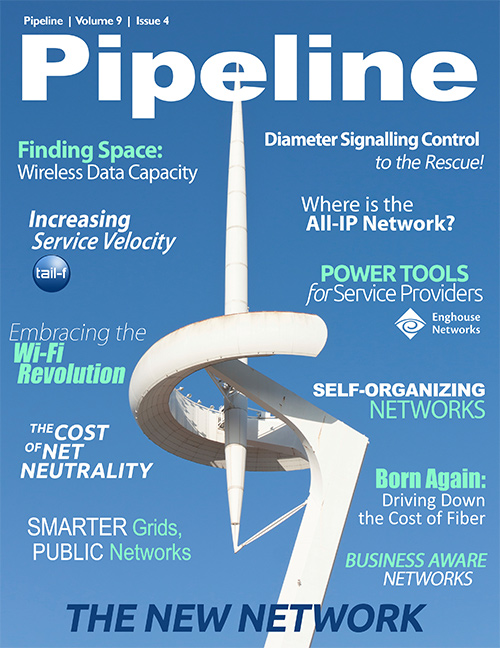Communications IT News
4G LTE really is 'All that and a bag of chips'
We’ve all heard the grand pronouncements and prophetic predictions related to 4G LTE, but a new research report from J.D. Power and Associates indicates all this yammer has not been empty prognostication. In their latest wireless quality study, J.D. Power and Associates says wireless service provider infrastructure investment strategies are paying off, as 4G LTE networks are delivering increased data revenues, reduced churn, and improved customer experience. The best wireless service experience occurs over 4G LTE, with fewer problems tallied across ten areas of measurement. Customers on 4G LTE pay an average of $6 more per month compared to average smartphone customers. Finally, the positive effects on churn have also now been documented: the likelihood of 4G LTE customers jumping ship is significantly lower compared to other network technologies.
Big news from Big Red
If the amount of ink spilled is any indication of activity, Verizon has been moving at lightspeed as of late. Big Red started out the month by reporting its churn was at a record low, 0.84 percent among postpaid subscribers. Compared against the other leading wireless service providers, this marked the ninth consecutive quarter in which Verizon posted the lowest churn. Later in the month, Verizon also outranked all other incumbents for wireless service experience, besting competitors in all but one region. The company also boasted the largest LTE footprint, reaching 75 percent of the United States population.
How are they doing it? It has everything to do with three letters: LTE. As the J.D. Power and Associates report (referenced above) indicated, LTE delivers on its promises of lower churn, better service experience, and higher ARPU. With a larger LTE footprint than any other U.S. wireless CSP, it stands to reason Verizon would be doing well. However, new devices and new technologies sometimes come with a steep learning curve that must be addressed. Enter smartphone school. Verizon’s Wireless Workshops have seen a record increase in attendance, and this surely has had a positive effect on their results.
This would all be an amazing month for most CSPs, but the wins didn’t stop there. In late August, Verizon got the go-ahead from the FCC to purchase Advanced Wireless Spectrum (AWS) from a cable industry consortium. The approval grants Verizon additional wiggle room for LTE, and opens to door for the CSP to sell off lower-band spectrum in the 700 MHz range.
"This purchase represents a milestone in the industry and we appreciate the FCC's diligent work to review and approve the transaction," Dan Mead, president and chief executive officer of Verizon Wireless said. "We will work aggressively to ensure that we put this previously unused spectrum to use quickly to benefit customers."
It wasn’t all peaches for Verizon in August. Verizon Wireless agreed to pay a $1.25-million settlement with the FCC regarding tethering policies. The CSP admitted no wrong doing, but at issue was whether or not charging customers $20 per month to use their 4G LTE devices as hotspots was kosher. Further, Verizon must allow its customers access to tethering apps in the Google Play Store; it was alleged that Verizon had pressured Google to hide the apps from Verizon Wireless customers.


















